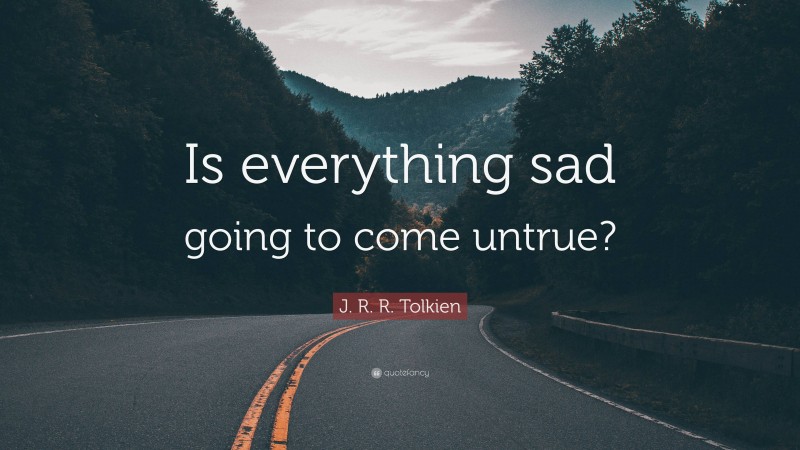

The way Khosrou keeps alluding to the abuse your mother experiences at the hands of your stepfather, Ray, drives it home in a way a graphic scene might not. The other thing was that the violence and the difficult topics were kept at the level of what was able to handle. One is a whole lot more emotional honesty. you put it into the space of the child who is experiencing it isn’t equipped to process it, you’re given two things. So the adult version was actually fairly clinical, and yet the content was much more alarming. I’m not that sort of raw nerve that a 12-year-old is. The adult version was much more violent, but interestingly, it was also a bit removed. I was very worried when I pivoted to make sure I didn’t unduly burden the child. How did you tame the story for a kid audience? This book started out as a nonfiction essay for adults. The interview has been edited for length and clarity. It is not author Daniel Nayeri’s memoir, but it is his story, and he talked about crafting it via Zoom from Nashville while on a family vacation.

25), 12-year-old Khosrou, now Daniel, becomes a modern-day Scheherazade, weaving Persian legend, his family’s history, and his own imperfect memory into an intricately layered, gorgeous work. In Everything Sad Is Untrue (A True Story) (Levine Querido, Aug. Little Khosrou’s life in Isfahan, Iran’s third-largest city, is upended when his mother abruptly and publicly converts to Christianity, prompting his parents’ divorce and sending Khosrou, his older sister, and their mother to Abu Dhabi, then an Italian refugee camp, and, finally, Edmonds, Oklahoma.


 0 kommentar(er)
0 kommentar(er)
